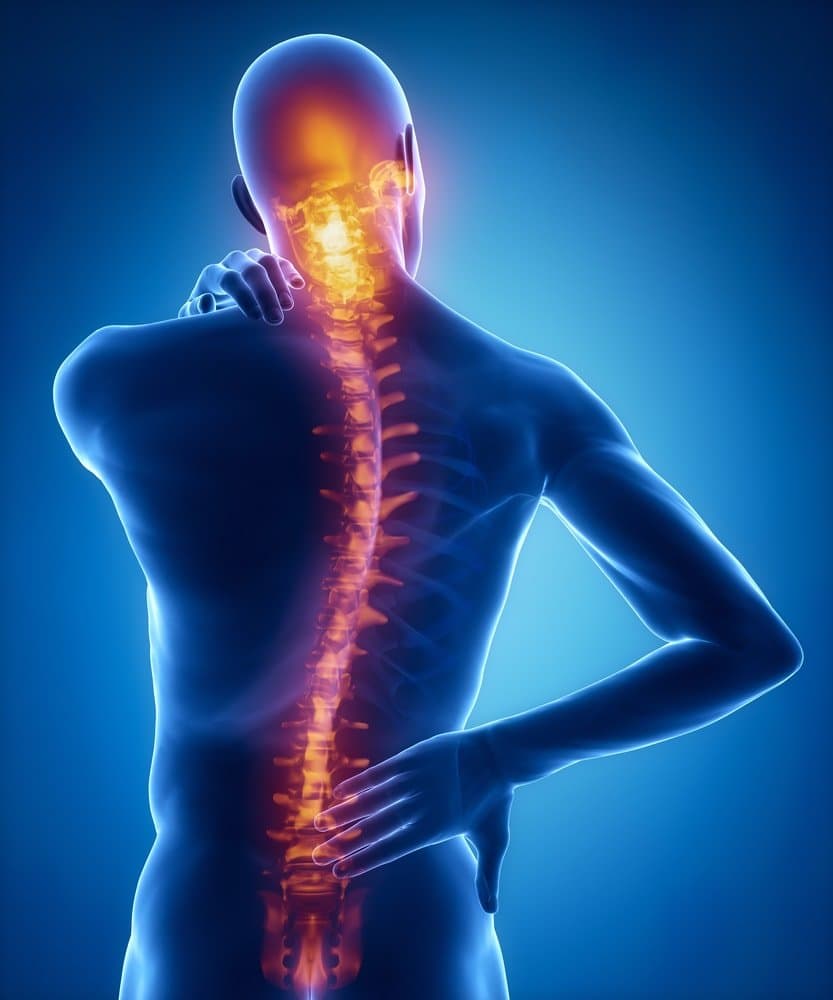The spine is a framework of the musculoskeletal system of the bone. The spine supports you entirely in a number of functions, especially movement. Your flexibility and the movement of your body are determined by the spine. There are various nerves that arise from the spine that help in carrying out various functions and allow you to “move on.” Any stress on the spine can cause stress and compression of the spine causing difficulty in the overall functioning of the body.
Movement is an important feature of the overall functioning of the body
Movement is a very important function of the body which keeps on going. With all of us working from home during this pandemic, it is important to take care of the spinal stress. We should try and maintain correct posture and balance while sitting, standing, or moving for a long time. Make sure that you tackle regular breaks at work to ease out the pressure on your spine.
Spinal stress and Stress fracture
Stress Fracture in the spine involves a hairline crack in the spine. This condition occurs most specifically in the lower back or the lumbar region. Your lumbar region is a very important part of the body that takes all the pressure and allows you to stand, sit and move. There are many conditions that may hamper your spine status and function. Repeated and excess strain may damage the spine in the long run. Also, it is important not to forget the age factor which causes the degeneration of the spine. Aging is the most important factor. With age, spinal health deteriorates. Invest in spinal health which can keep you active and alert all throughout the day.
Analyze spinal stress
Spinal stress can be categorized into the following types, depending on the effect of the hairline crack of the vertebra. Spondylitis and Spondylolisthesis. Stress analysis is a very important condition of the spine. It is required to analyze the status of the spine to reduce the burden on the body. Analysis of spinal stress is important to know the outcome and prognosis of the problem. Based on stress analysis, we can determine the treatment and check the efficacy of the medicines. Diagnosis of spinal stress involves taking a detailed case history, performing a comprehensive physical examination, and imaging studies like Xray, MRI, and CT scans
Symptoms of spinal stress
There are many symptoms of spinal stress which are as follows:
Stress fracture Back pain Muscle spasm Stiffness Mild to severe fracture Instability of balance Numbness of legs Weakness of legs Compression of nerves Pinching of nerves Loss of bladder or bowel control Urinary urgencyIf you are resonating with any of the signs and symptoms, there are higher chances of spinal stress which call for medical attention. Contact your doctor who can guide you and advise you in regards to correct medical intervention at the right time to avoid complications.

 Many of us face this problem of spinal stress but we are unaware of it. It remains undiagnosed. Do not ignore the slightest pressure or pain on the back. Untreated spinal stress can cause many complications in long run.
Many of us face this problem of spinal stress but we are unaware of it. It remains undiagnosed. Do not ignore the slightest pressure or pain on the back. Untreated spinal stress can cause many complications in long run.










.jpeg)

.jpg)







.jpeg)



.jpg)


.jpg)




.jpg)


